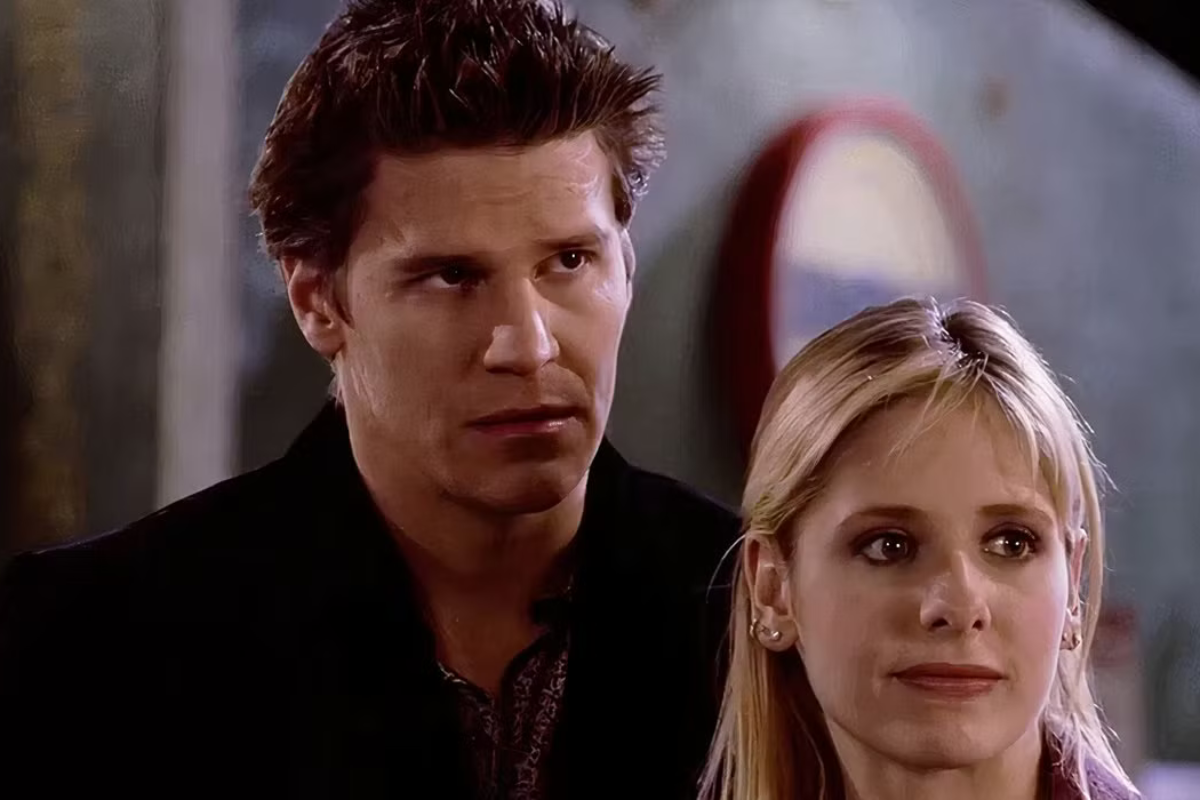Submissions Insanity: Query In 10 Steps
Click to tweet this article to your friends and followers! NEWSFLASH: querying is any screenwriter’s first port of call in getting a script request. The good news is, it’s easier…
NEWSFLASH: querying is any screenwriter’s first port of call in getting a script request. The good news is, it’s easier than ever to query producers, filmmakers and agents in this age of the internet!
However, very few screenwriters actually DO query and those that do, rarely do it well. I think this is because most aren’t really sure what querying is, or how to do it. Here are my steps, plus linkage, so you can avoid the querying clangers and get to the good stuff:
- Think Zen Thoughts. Banish that negativity. You’re a tiger. Or a dragon. Or a dragon crossed with a tiger, whatever floats your boat. You are an awesome writer, with an awesome screenplay, so why wouldn't some industry pro want to read it?! BOOYAH! MORE:Build It And They Will Come: Lucy V's Wager
- Make a list of people you want to query and find out their contact details. Buy a Writer’s Artists’ Yearbook, look them up on IMDBPro and/or visit the websites of companies you’re interested in. Know WHY you’re interested in them. Do NOT send to everyone using the scattergun technique, hoping something sticks. There’s absolutely no point in sending your Rom Com to a company that specializes in torture porn Horror; or Science Fiction to an agent who does NOT represent that genre. Yes, yes, obvious I know – but you’d be surprised by how many producers and agents report they get sent stuff outside their remit!. MORE:Submission DOs and DON'Ts
- Take note of today’s date. Got it? Write it down, or program it into your desktop diary or whatever works for you. Just don’t forget it! MORE:Submissions, Rejections & Relationships
- Write / revise your logline. You should have written a logline already, but maybe it sucks. Or maybe you just haven’t yet. Whatever the case, write one NOW: 25-60 words maximum (the shorter the better), plus use active words and give us a sense of what I call “The 3 Cs”: Clarity, Conflict, Characters. READ MORE. Also, try and get some feedback on your logline if you can – stick it up on Twitter if you don’t have any mates who’ll take a look. MORE:Query Letters & Loglines by Go Into The Story and Loglines Are Not Taglines (B2W)
- Write your introductory email. Keep it short, concise, to the point. 2-3 lines (not including your logline) is ideal. Remember, agents, producers and filmmakers may get stacks of emails a day: if they can’t figure out what your query is IMMEDIATELY? They will delete it. Want to see a model query email? CHECK THIS OUT. Psssst – I know you wouldn’t be so daft, but just so we’re clear: NEVER, EVER, send the same query email to multiple recipients. Make sure each one is addressed PERSONALLY and never send to the blanket “info @”-style addresses on company websites. Hunt people’s actual emails down… It’s not hard, so do it!. MORE:3 Tips To Get Your Work Solicited Via Email
- Save as “draft.” DO NOT SEND YET. Being too eager is the downfall of too many writers; silly mistakes get overlooked. Leave it at least an hour, preferably a day. Re-read with fresh eyes. MORE:It's A Good Day! The Best Times To Send Emails by Lee Jessup
- Check it over. Remember: don’t be weird, but don’t be too mega formal either. If you have some credits or experience, mention it. If you’ve met that person before, or seen a talk of theirs (or whatever), don’t be afraid to mention it but don’t kiss ass either. Just be pleasant, to the point and wish them a nice day. BOOM. MORE:Submissions Checklist (PDF)
- DO NOT attach anything. As the subheading suggests. DO. NOT. ATTACH. ANYTHING. It’s the fastest way to Deletesville: population YOU. MORE:6 Things ALL Writers Need To Know
- Press “Send” – then wait. You can do it. Move that cursor… Oh! It’s gone. What’s the worst that can happen? They might ignore your query. They might say “thanks, but no thanks” – in which case, there’s an actual contact you can ask again sometime (note: not straight away). They might ask what else you have – score! Or maybe, just maybe, they might like your logline. Yay! But first you wait. MORE:When Is A Rejection A Rejection If I Don't Hear Anything?
- Follow up. So, they haven’t replied, but don’t write it off just yet! You need to follow up. But don’t do it too fast. Wait approximately six weeks (being just an email, four is okay I’d wager). Don’t be pushy or make accusations, people are busy. Write a pleasant, short email “inquiring about the progress” of your query. Wait some more. No reply? No luck. Move on. If they reply, asking for more time? Say NO PROBLEM – but ask when should you follow up? They should give you a ballpark. If they do? Note it in the diary. If they don’t, wait another four weeks and follow up again. No reply then? Let it go. Move on. MORE:When To Follow Up On Your Submission
Concluding, querying can be great for your writing career IF you do it well; in the very least, it can lead to meetings and lots of lovely new contacts (if not an actual deal on your spec). On the flipside, query badly and it can totally sink your chances in the marketplace: first impressions count. So use this tool in your arsenal wisely, young grasshoppers!
Good luck!







